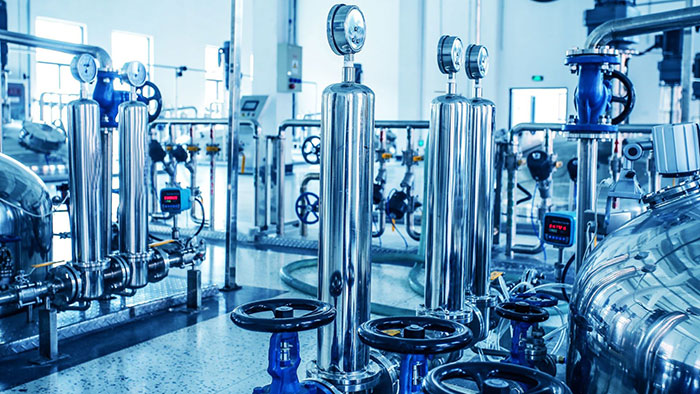In our quest for cleanliness and hygiene, we often overlook the potential hazards associated with the very products we use to maintain our environments. The question, Is it bad to inhale the smell of cleaning products? is not merely a matter of personal discomfort; it delves into the realm of health risks, chemical exposure, and long-term effects on well-being. This article aims to dissect the complexities surrounding cleaning product fumes, providing a comprehensive understanding of their implications on health.
The Composition of Cleaning Products
Cleaning products are formulated with a variety of chemicals designed to eliminate dirt, stains, and pathogens. Common ingredients include:
- Surfactants: These lower the surface tension of water, allowing it to penetrate and lift dirt.
- Solvents: Often derived from petroleum, solvents help dissolve grease and grime.
- Fragrances: Synthetic or natural compounds added to mask unpleasant odors or provide a pleasant scent.
- Disinfectants: Chemicals like bleach or quaternary ammonium compounds (quats) that kill bacteria and viruses.
While these components are effective in maintaining cleanliness, they can also release volatile organic compounds (VOCs) into the air, which can be harmful when inhaled.
Health Risks Associated with Inhaling Cleaning Product Fumes
- Respiratory Issues: Inhaling fumes from cleaning products can irritate the respiratory tract, leading to symptoms such as coughing, wheezing, and shortness of breath. Individuals with pre-existing conditions like asthma or chronic obstructive pulmonary disease (COPD) are particularly vulnerable.
- Neurological Effects: Some cleaning products contain neurotoxic substances that can affect the central nervous system. Symptoms may include headaches, dizziness, and in severe cases, cognitive impairments.
- Allergic Reactions: Fragrances and other chemicals can trigger allergic reactions in sensitive individuals, resulting in skin irritations, rashes, or respiratory distress.
- Long-term Exposure Risks: Prolonged inhalation of cleaning product fumes has been linked to chronic health conditions, including lung diseases and potential carcinogenic effects. Studies suggest that regular exposure to certain cleaning agents may increase the risk of developing respiratory illnesses over time.
Minimizing Risks While Cleaning
Understanding the risks associated with cleaning products is crucial, but it is equally important to adopt safer cleaning practices. Here are some strategies to minimize exposure:
- Ventilation: Always ensure proper ventilation when using cleaning products. Open windows and doors, and use exhaust fans to dissipate fumes quickly.
- Personal Protective Equipment (PPE): Consider wearing masks, gloves, and goggles when using strong cleaning agents, especially in poorly ventilated areas.
- Choose Safer Alternatives: Opt for eco-friendly cleaning products that are free from harsh chemicals and VOCs. Many brands now offer biodegradable and non-toxic options that are effective yet safer for both users and the environment.
- Dilution: When using concentrated cleaning products, follow the manufacturer’s instructions for dilution. Using products at their recommended concentrations can reduce the release of harmful fumes.
- Storage: Store cleaning products in a cool, dry place away from direct sunlight. Ensure that containers are tightly sealed to prevent the release of fumes.
Conclusion
Inhaling the smell of cleaning products can pose significant health risks, particularly with prolonged exposure. While maintaining a clean environment is essential, it is crucial to be aware of the potential dangers associated with the chemicals we use. By understanding the composition of these products and adopting safer cleaning practices, we can protect our health while still achieving the cleanliness we desire. Always prioritize ventilation, consider safer alternatives, and remain informed about the products you choose to use in your home. Your health is worth the effort.
